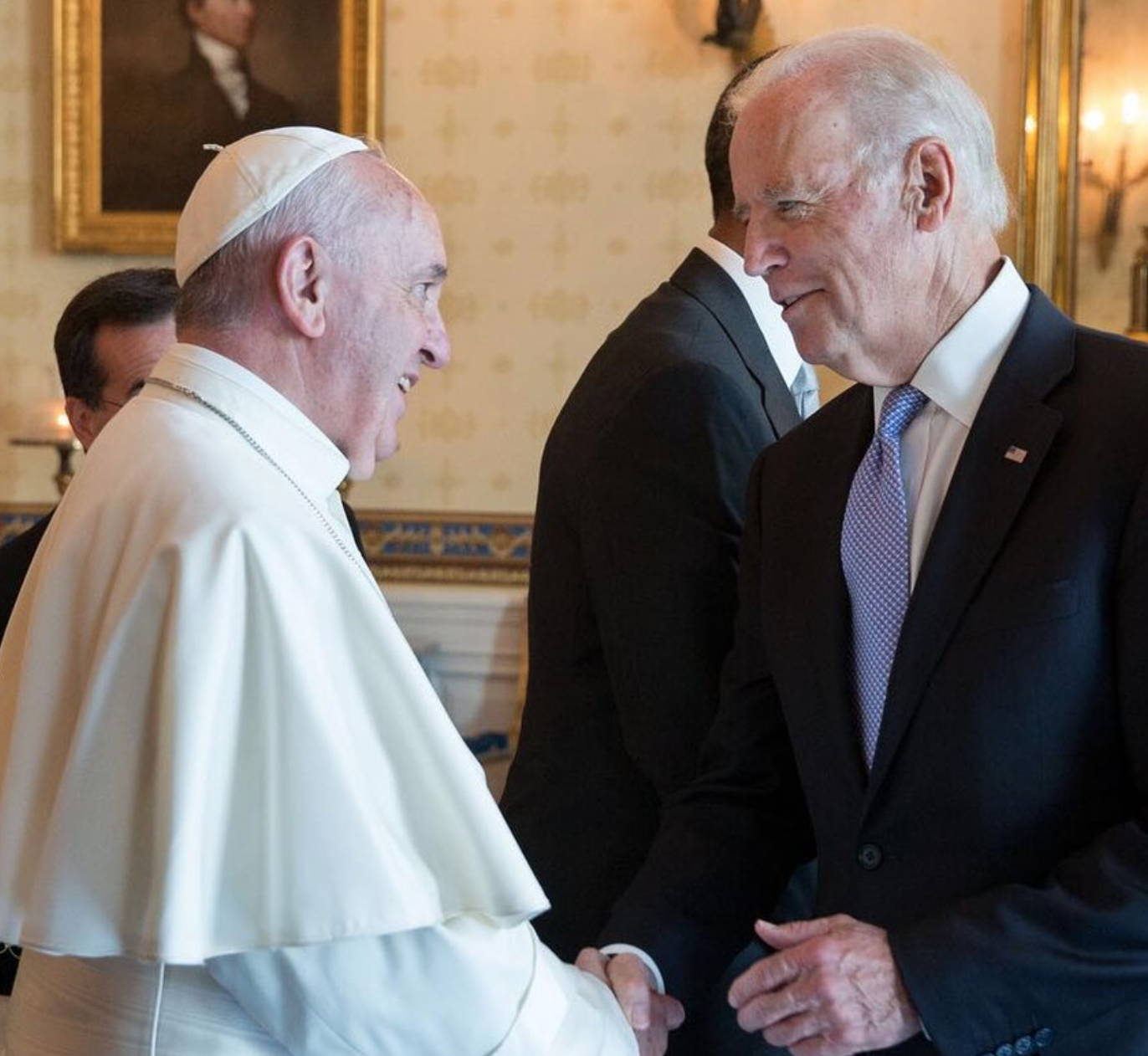Back in the early 1980s, the Southern Baptist Convention was enduring the crucial years of its civil war over — here’s the term headline writers hated — “biblical inerrancy.”
I was at the Charlotte News and then the Charlotte Observer back then, in a city in which one of the major roads was named after Billy Graham. The SBC spectrum in Charlotte ranged from hard-core conservatives to “moderates” who were basically liberal mainline Protestants with better preaching.
During that time, a moderate church welcomed the the late Rev. Gardner C. Taylor of Brooklyn to its pulpit for a series of sermons (“moderates” don’t have “revivals”). Taylor would make just about anyone’s list — Top 100 or even Top 10 — of that era’s most celebrated preachers. In 1980, Time magazine hailed him as the “the dean of the nation’s black preachers.” That’s saying something.
During one sermon, Taylor briefly addressed the SBC wars and added, with a slight smile, that he always thought that the primary book in the Bible that Southern Baptists “considered inerrant was the Book of Numbers.”
Southern Baptists have always loved their statistics (I grew up in Texas, the son of a Southern Baptist pastor) and, for decades, those statistics made their leaders smile.
Things are a bit more complex, right now, as seen in this RNS headline: “Southern Baptists lost nearly half a million members in 2022.” That story, and some other related online materials, provided the hook for this week’s “Crossroads” podcast (click here to tune that in).
Before we get to that solid news piece, by religion-beat veteran Bob Smietana (a scribe in Nashville for years), let’s grab some context from a new Substack post by chart-master Ryan Burge, a GetReligion contributor (and former Southern Baptist), with this headline: “The 2022 Data on the Southern Baptist Convention is Out.”
Check out these numbers from the past 80 years, a period in which the SBC’s rise “is just unmatched.”










